Balinese Hinduism is a deeply spiritual tradition, rich with ceremonies that honor every stage of human life, from birth to death. Each aspect of existence, from the physical body to the soul, is cherished and celebrated. One of the most fascinating ceremonies in this tradition is Ngulapin. This profound ritual serves as a spiritual bridge, offering healing and guidance for the soul, especially after experiencing trauma or loss. Dive deeper into this article and discover the beauty of this remarkable Balinese ceremony.
Soul Restoration: Exploring the Healing Power of Ngulapin Ceremony
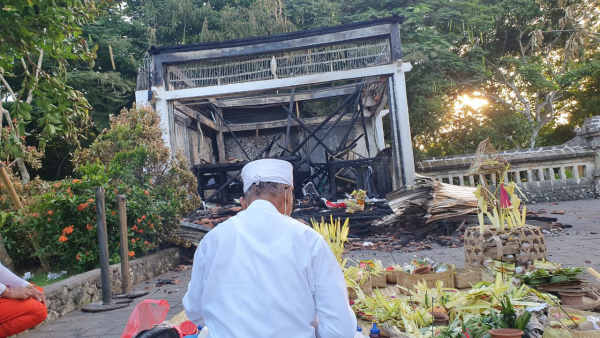
The Spiritual Essence
Balinese Hinduism emphasizes the connection between body and spirit, teaching that humans are made up of three key components: Stula Sarira (the physical body), Suksma Sarira (the subtle body), and Ananta Karana Sarira (the soul or spirit). Together, these elements create a harmony that sustains life. When someone experiences a traumatic event, especially a fatal one, it is believed that this balance is disrupted. Ngulapin seeks to reunite the spirit with the physical self, particularly by realigning these elements, along with the Panca Mahabhuta, the five essential natural elements of the universe: earth, water, fire, air, and ether. For those who have passed away in such an event, Ngulapin becomes a prelude to further purification rites, like ngaben (cremation) or burial, by consolidating the spirit with the physical form.
Cultural Importance
The Ngulapin ceremony represents Bali’s profound respect for spiritual harmony, particularly through the concept of taksu, a sacred force present in all things. Taksu is believed to be a powerful energy that requires careful handling—if neglected, it can bring harm, but if honored, it can bring blessings. This belief underpins the necessity of ceremonies like Ngulapin, as the presence of taksu makes Balinese lands and rituals deeply potent and spiritually charged.
Why It is Performed
The Ngulapin ceremony is especially necessary following an unexpected death, such as an accident, because Balinese Hindus believe that the spirit of the deceased might linger at the site, creating unrest or misfortune. To help the spirit find peace and return to its rightful place, Ngulapin is performed as a way of guiding it back home. By reuniting the spirit with the four spiritual companions, or Catur Sanak, who were present at birth, the soul’s journey continues more smoothly. Without this ceremony, it’s believed that the spirit could remain lost or become a wandering force, unsettling the balance in the location of the incident and possibly affecting the lives of those nearby.
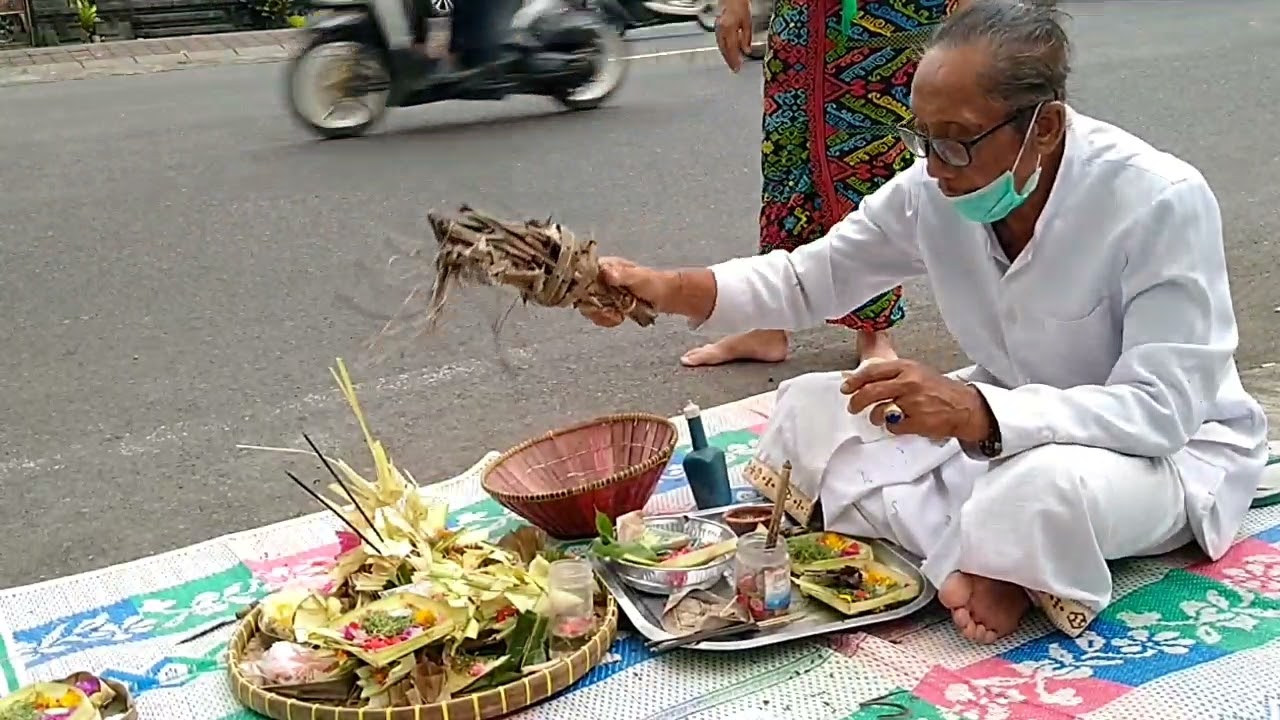
For someone who survives an accident but feels disconnected or traumatized, Ngulapin plays a different role. In such cases, the ceremony aims to restore three inner strengths: Sabda (voice), Bayu (breath), and Idep (thought), which are often felt to “detach” during traumatic events. This approach resembles psychological healing, returning the person to a state of peace by guiding the spirit to regain unity within the physical self, reducing the emotional impacts of trauma.
Types and Rituals
The ceremony varies in complexity based on the severity of the event and the status of the individual. For common disturbances, offerings known as bebanten nista are presented within three days of the incident. If more time has passed, higher-level offerings, or bebanten madia, may be required to assist the soul’s return. For significant traumas or for individuals of high social or spiritual status, a Pedanda priest with greater spiritual experience will typically perform the rite, reflecting the importance placed on spiritual rebalancing.
During the ceremony, offerings such as pejati segehan (rice offerings in five colors symbolizing the Panca Mahabhuta) are made. Other ceremonial elements, like sangga urip (life shrine) made of white cloth, and traditional ingredients such as betel leaves, flowers, young palm leaves, and rice, are used to symbolize the human elements and guide the spirit or elements back into balance.
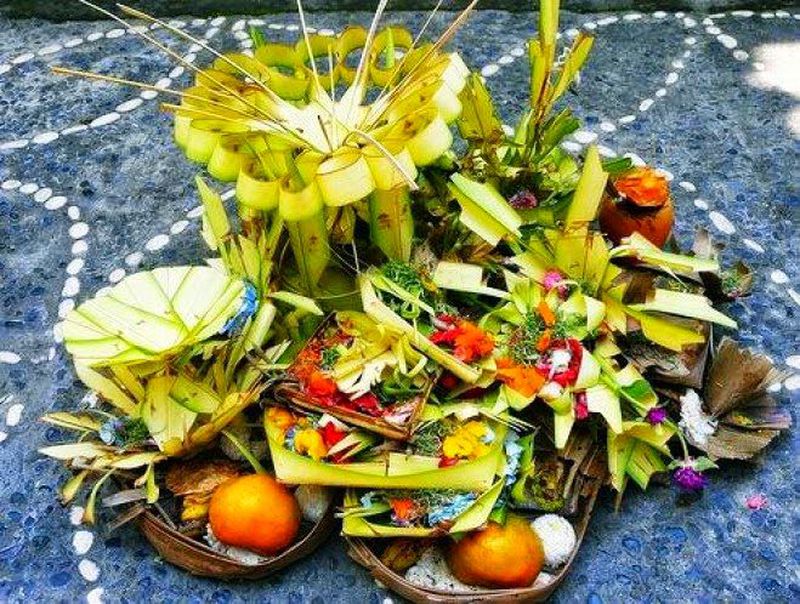
A significant part of the Ngulapin ritual involves offerings at crossroads, an intersection between realms in Balinese culture, where it’s believed wandering spirits might linger. In some variations, a black chicken—symbolizing the god Wisnu and order—is released to act as a vessel, guiding any detached spirit back to its origin. The sangga urip is then placed on the chest of the individual or held close to the deceased’s resting place, ensuring the spirit feels comfort and unity in its journey.
Regional Variations and Role in Healing
In some regions, Ngulapin takes on the form of 'Ngeplugin', a similar ritual that includes unique offerings such as palm fronds and marks made with lime on the ground. These added elements honor local customs and beliefs, reinforcing the importance of cultural and spiritual specificity within Bali’s diverse traditions.
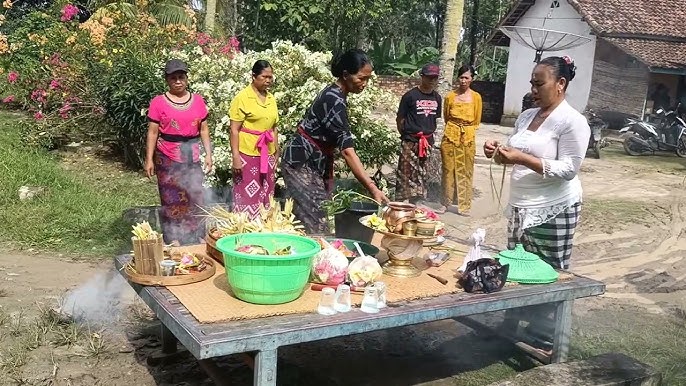
For survivors, Ngulapin offers a deeply personal form of healing, addressing psychological trauma by spiritually realigning the self. By invoking the protection of the Catur Sanak and balancing the physical and spiritual forces within, the ceremony helps alleviate lingering distress from an accident, enabling the individual to move forward with renewed clarity and peace.



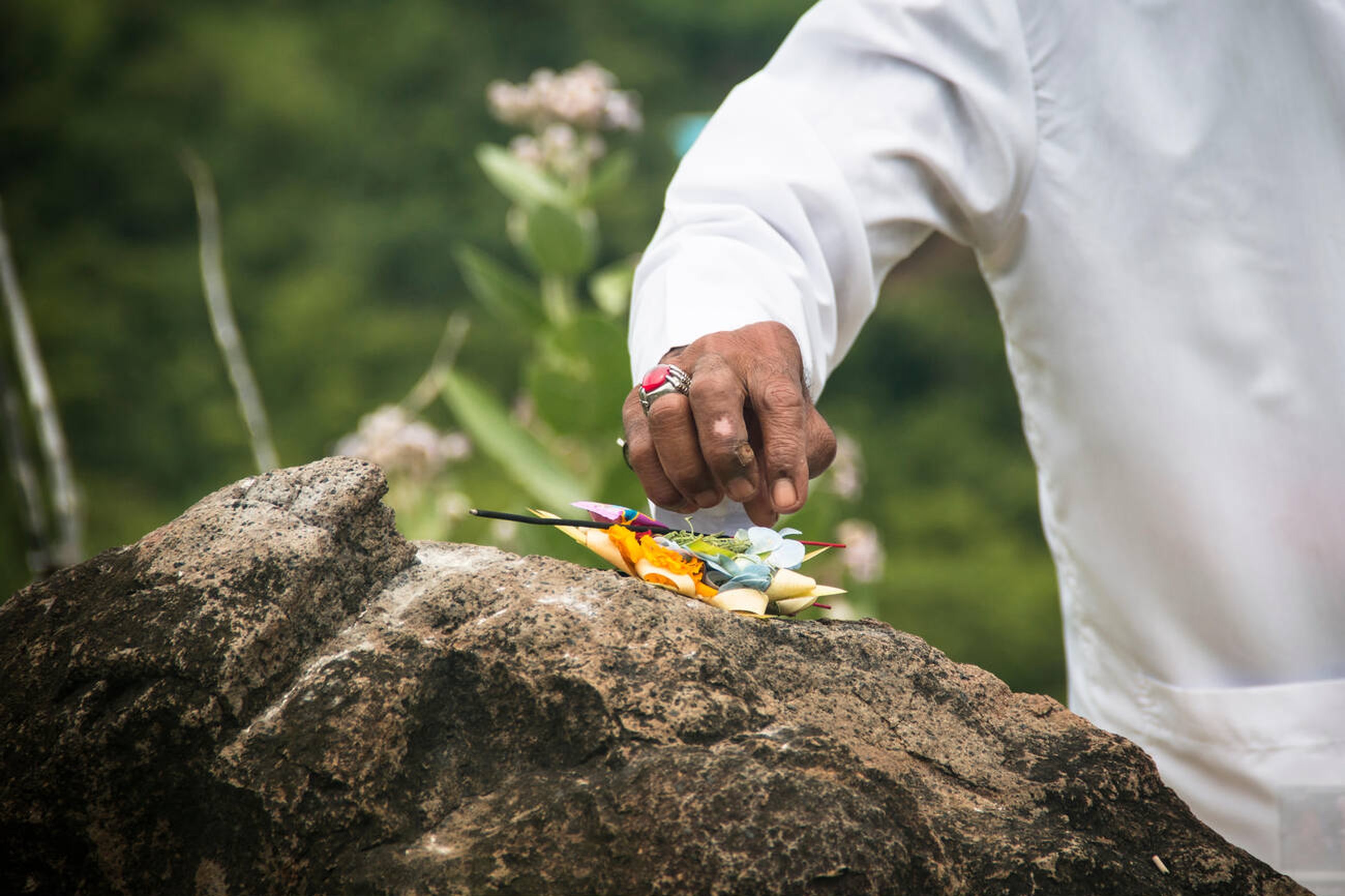
 Billy Bagus
Billy Bagus
 Oct 28, 2024
Oct 28, 2024






